3 ways to water your orchid
The most important step when taking care of an orchid, is watering. This can make a lot of orchid owners a little nervous as the exact amount is not specified. But there’s no need to be nervous, because we have noted three methods to guarantee that you water your orchid right. Pick the method that suits you and your orchid best!
3 ways to water your orchid
1. Bathing
If your orchid is still in its (plastic) inner pot, it’s best to bathe it. To do so, put the root ball of the orchid in a shallow bath for a short while (5-10 minutes). You can use a basin, a bucket or your sink. Leave the (plastic) inner pot in place to ensure that you don’t damage the roots. It’s also essential that the plant dries thoroughly after its bath, because orchids don’t like wet feet!
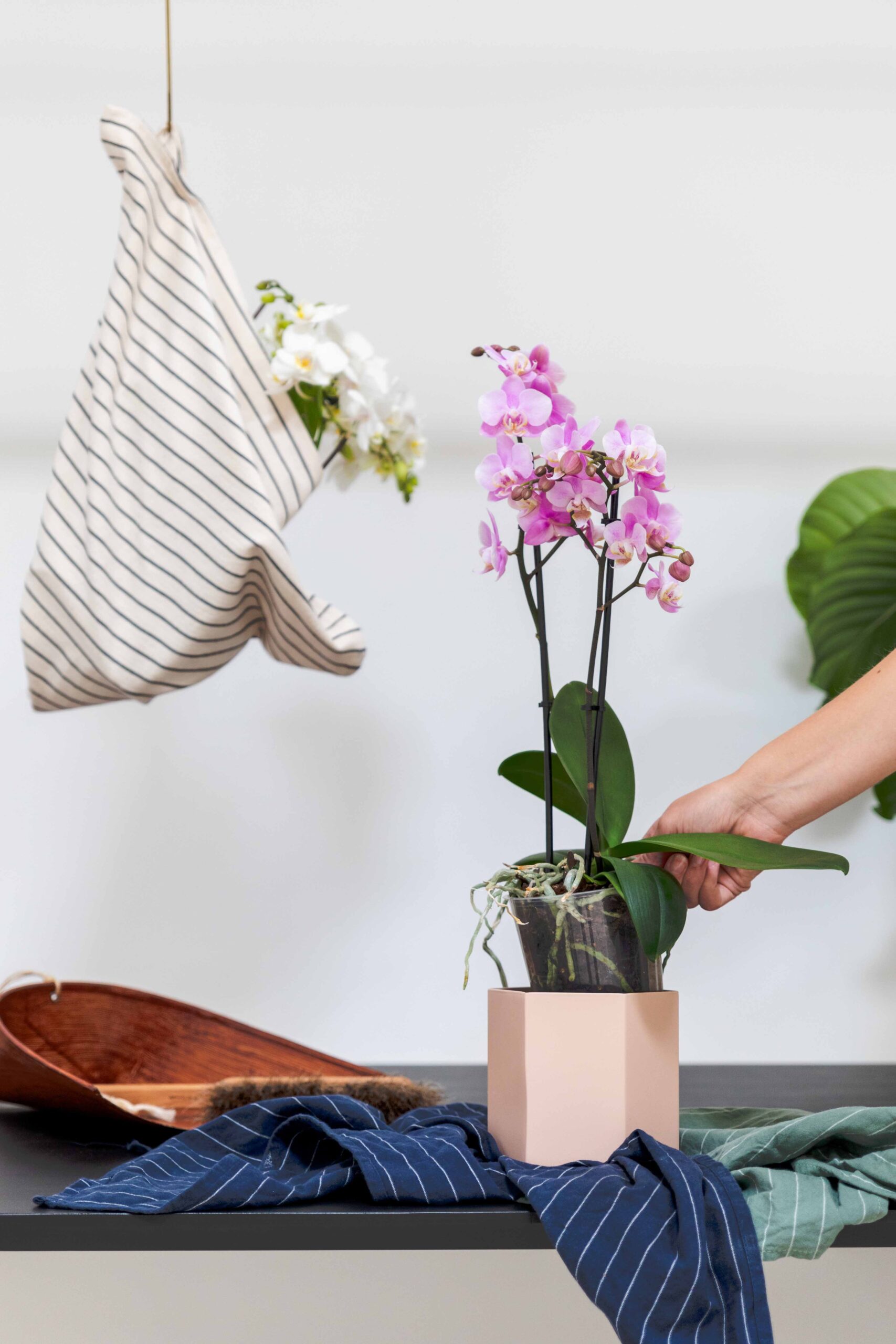
2. Dish of water
If you don’t have a good basin, bucket or sink, you can also use a dish filled with water. By putting the orchid with its (plastic) inner pot on the dish for 5-10 minutes, the roots will also absorb all the water they need. If you do this, make sure to let the orchid dry well.
3. The shot glass
If you don’t have a lot of time and your orchid is in a pot without its (plastic) inner pot, the shot glass is the perfect tool for you! To give an orchid the exact amount of water it needs, you only need to pour one shot glass of water (around 60 ml) at the side of the root ball. Be careful to not pour the water in the centre as the leaves will rot!
How often should you water your orchid?
How often you need to water an orchid depends on the season that you’re in. In summer your orchid is a little thirstier and it’s best to water it once per week. In winter, once per two weeks is plenty. But if you love to keep your heating on in the winter months, we’d advise you to keep watering your orchid once per week.
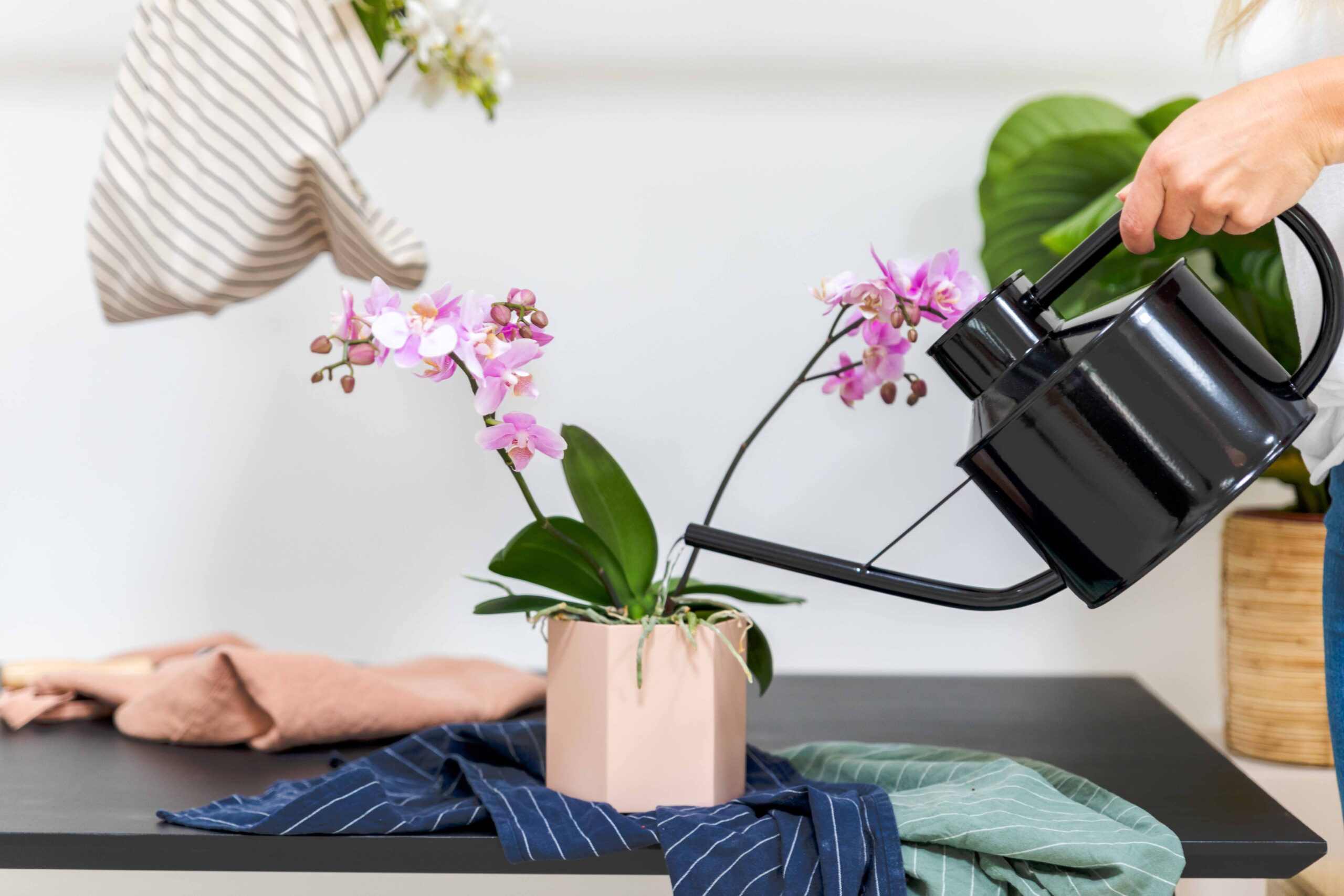
Did you know…..
…that the type of water you give to your orchid is important? Ordinary tap water is fine, but if you really want to treat your orchid, it’s best to use rainwater or condensation water from the dryer. It may sound strange, but this water is completely free from lime and minerals, so it’s extra good for your orchid!

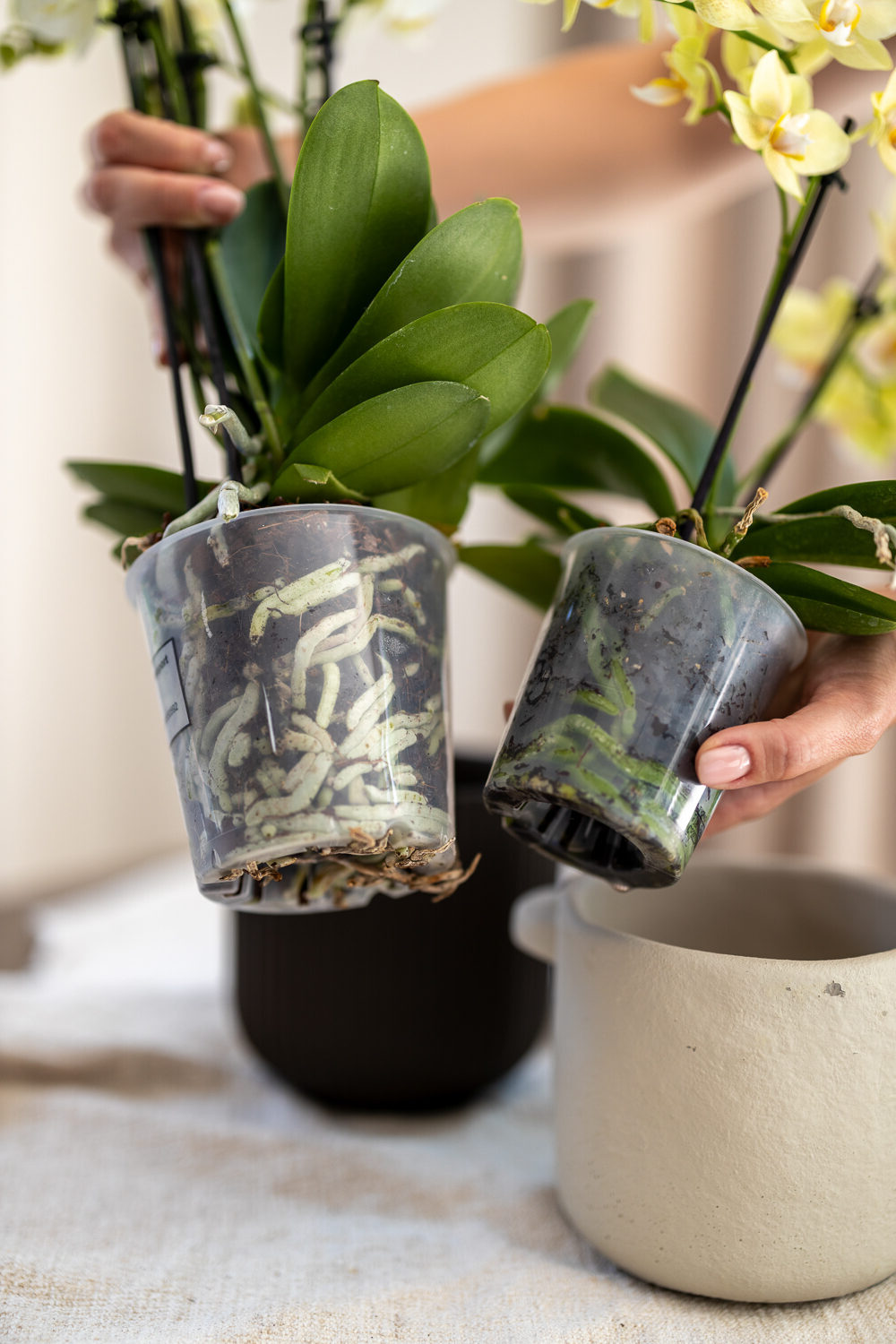
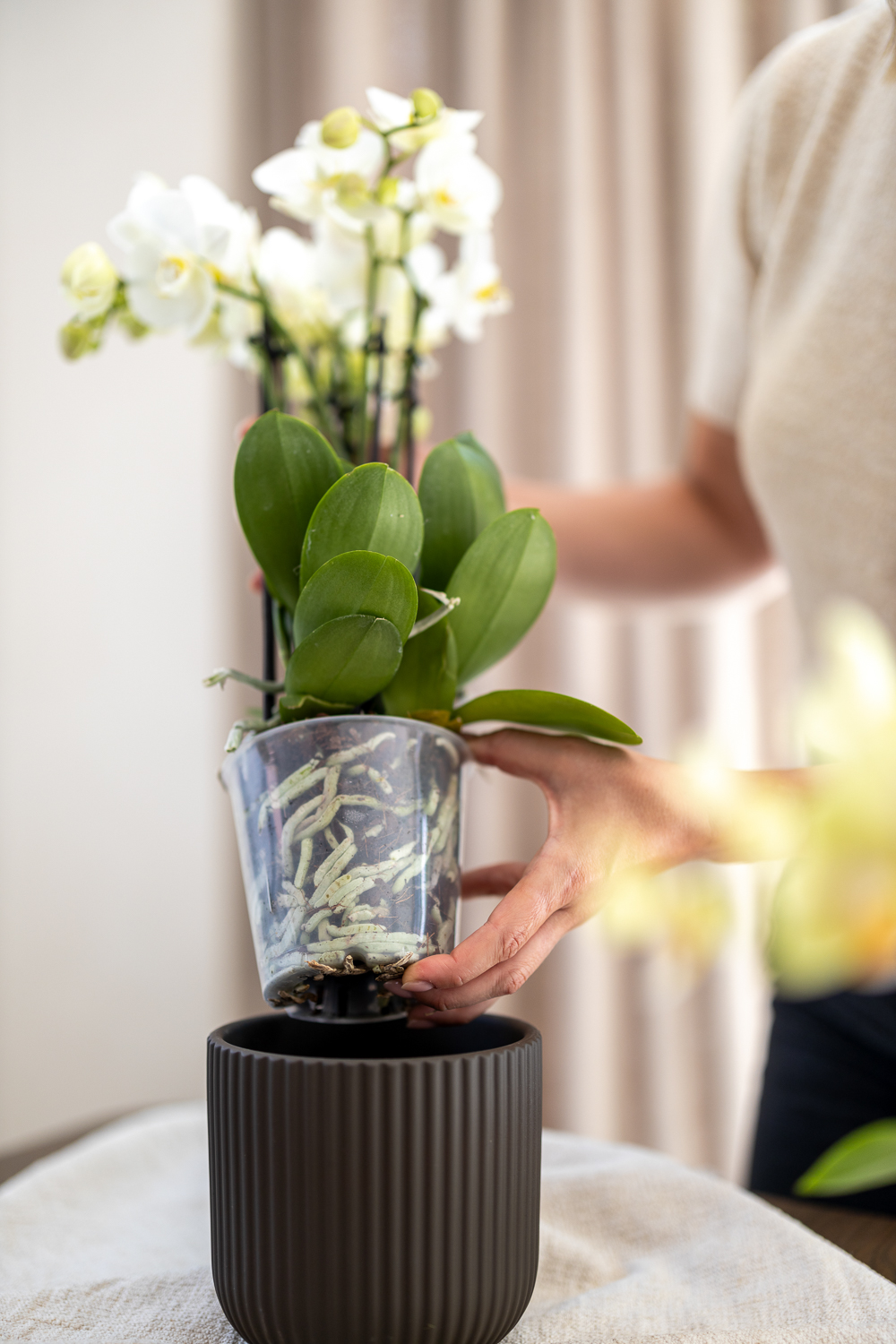
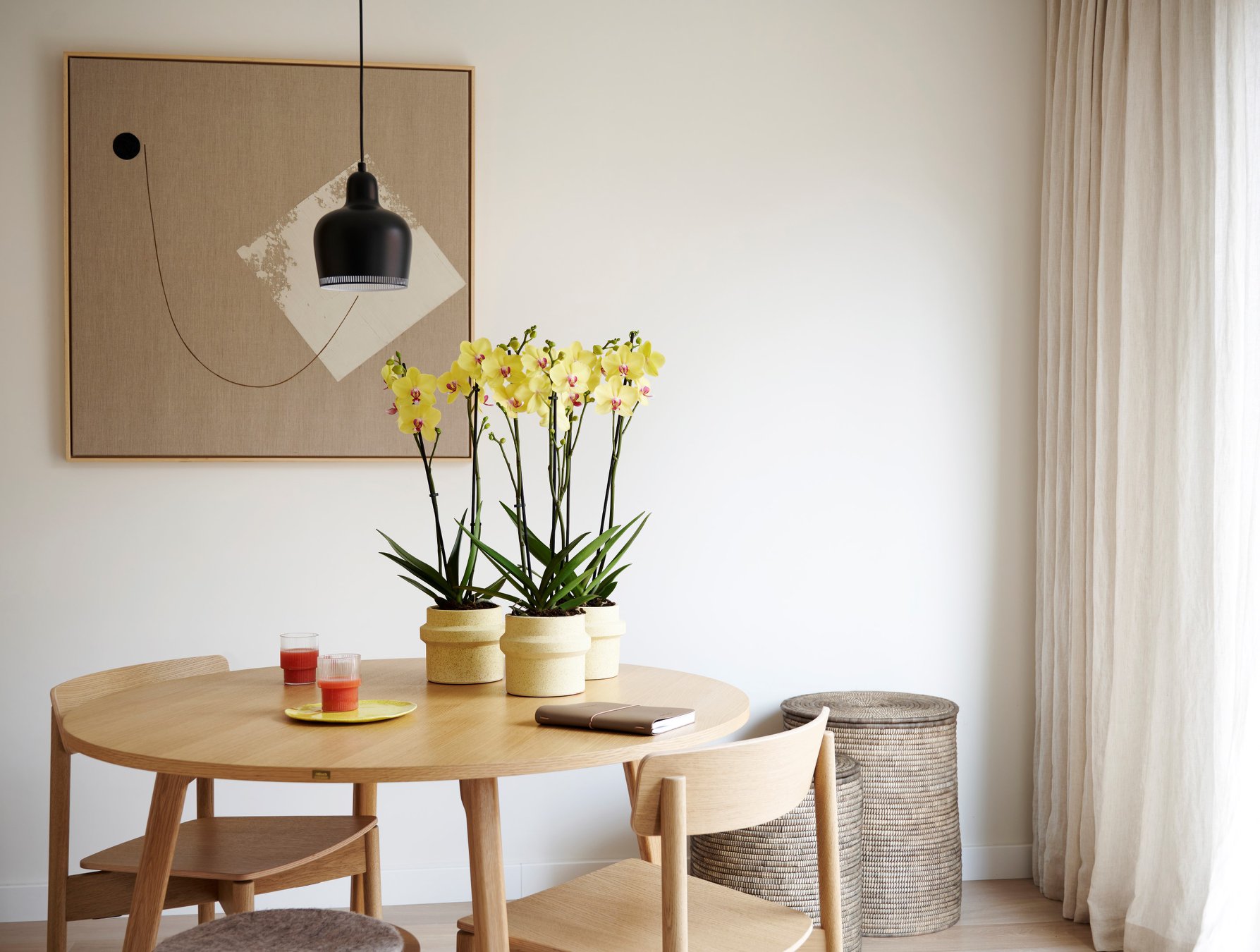
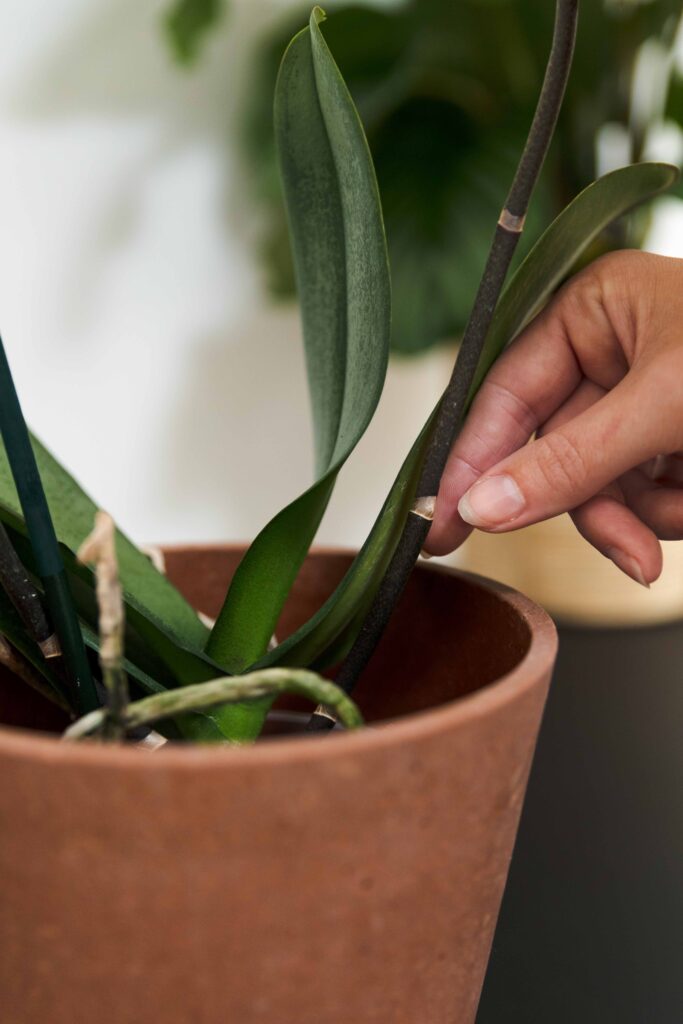
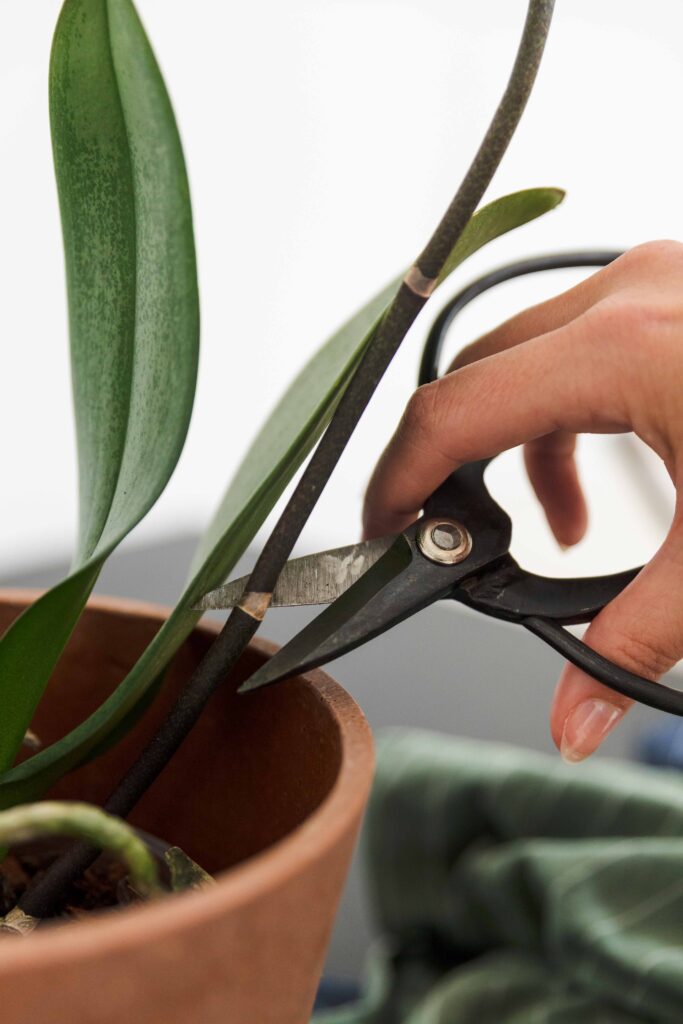
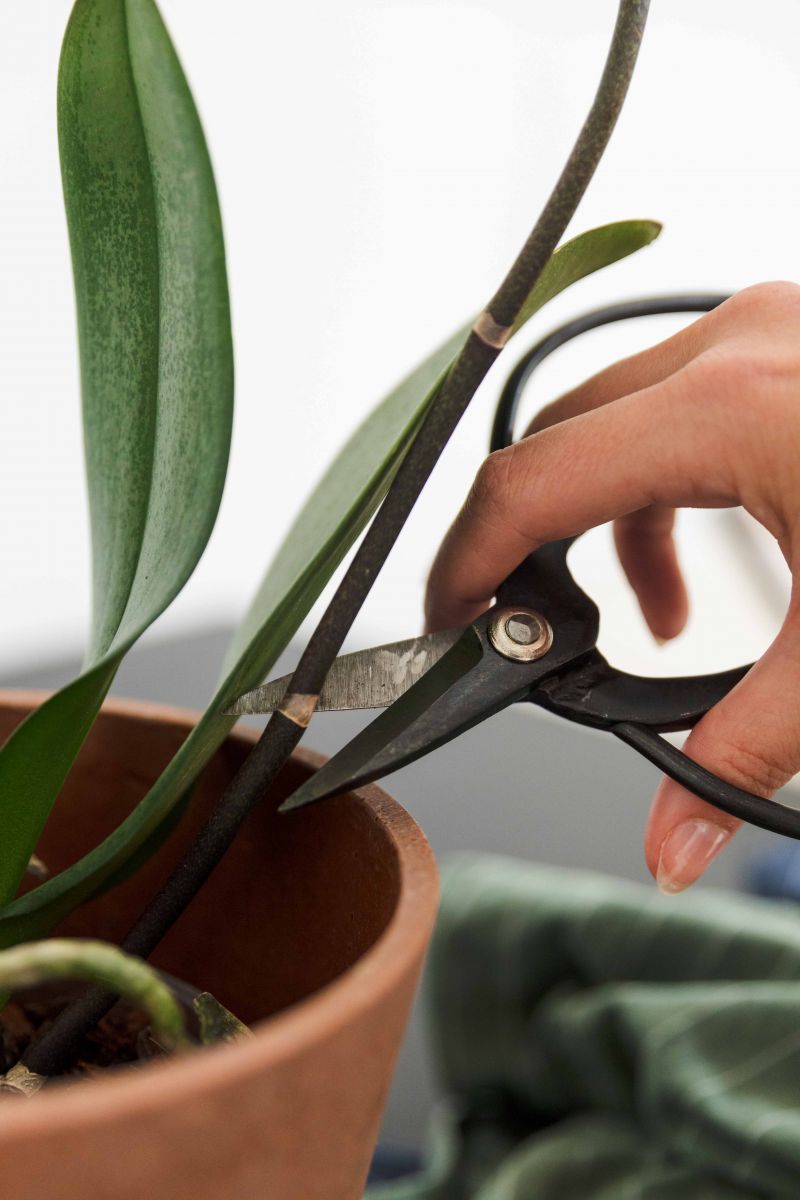
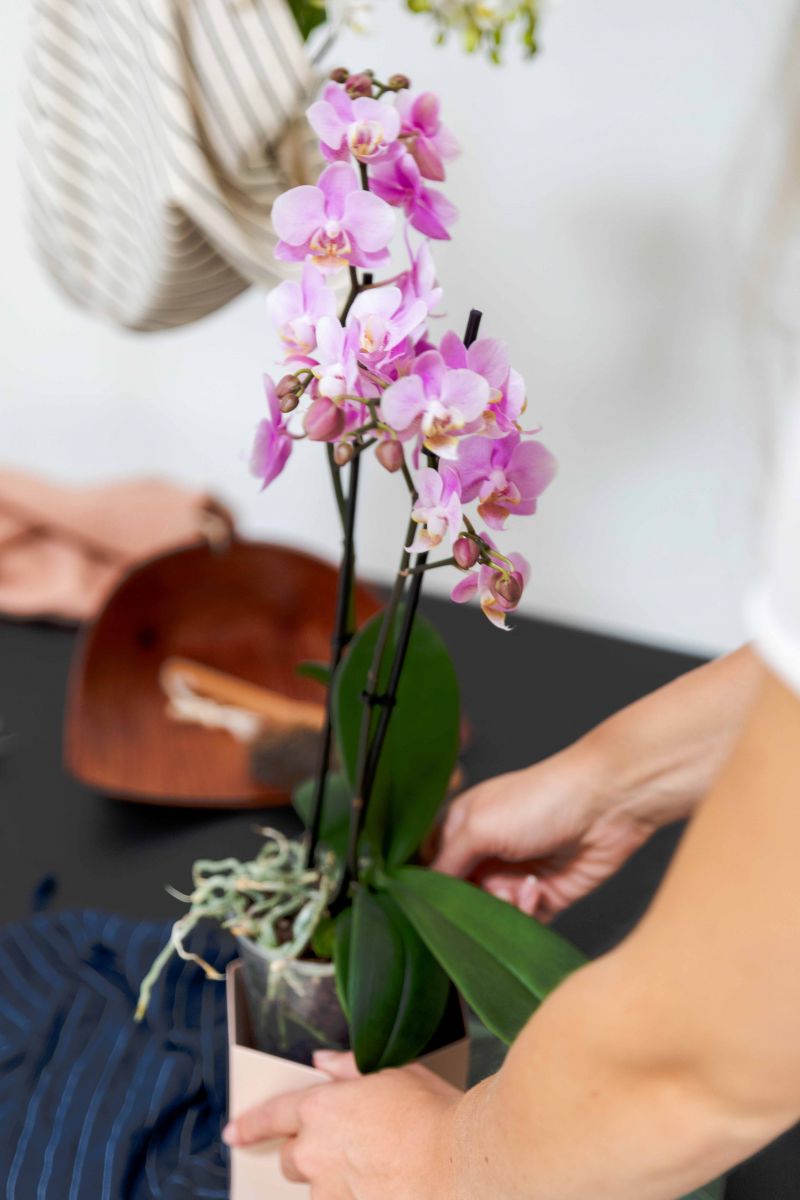
.jpg)
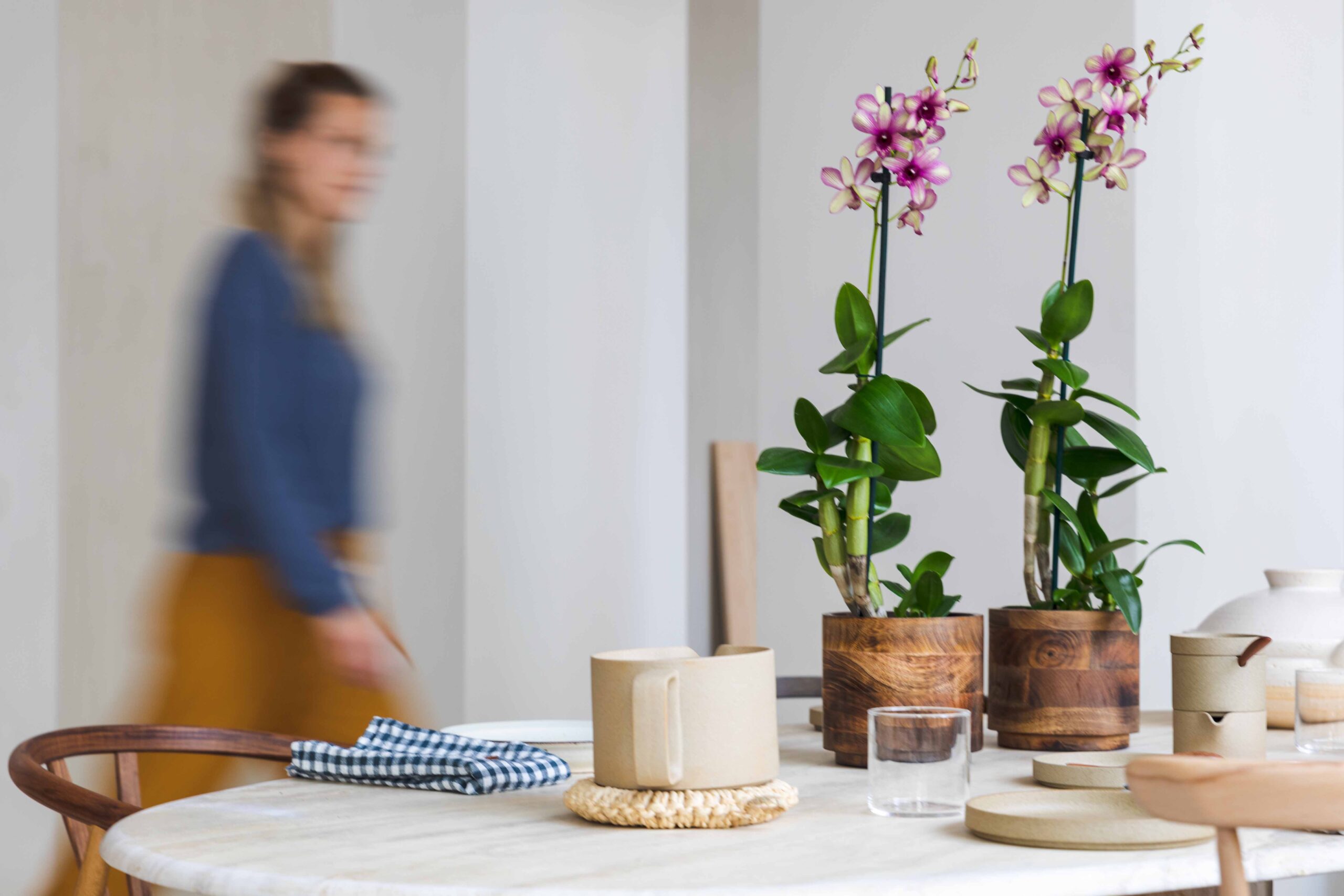
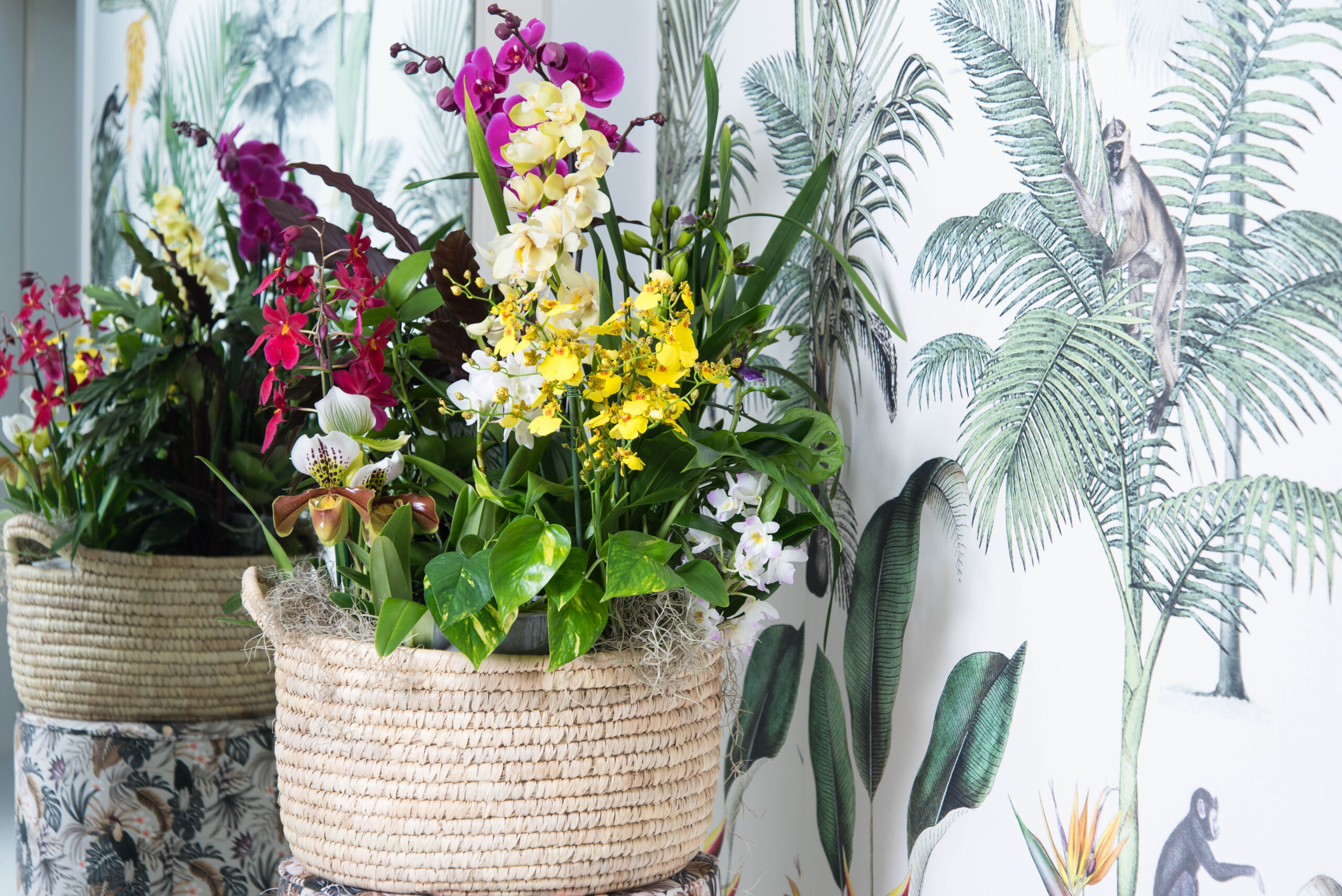
.jpg)
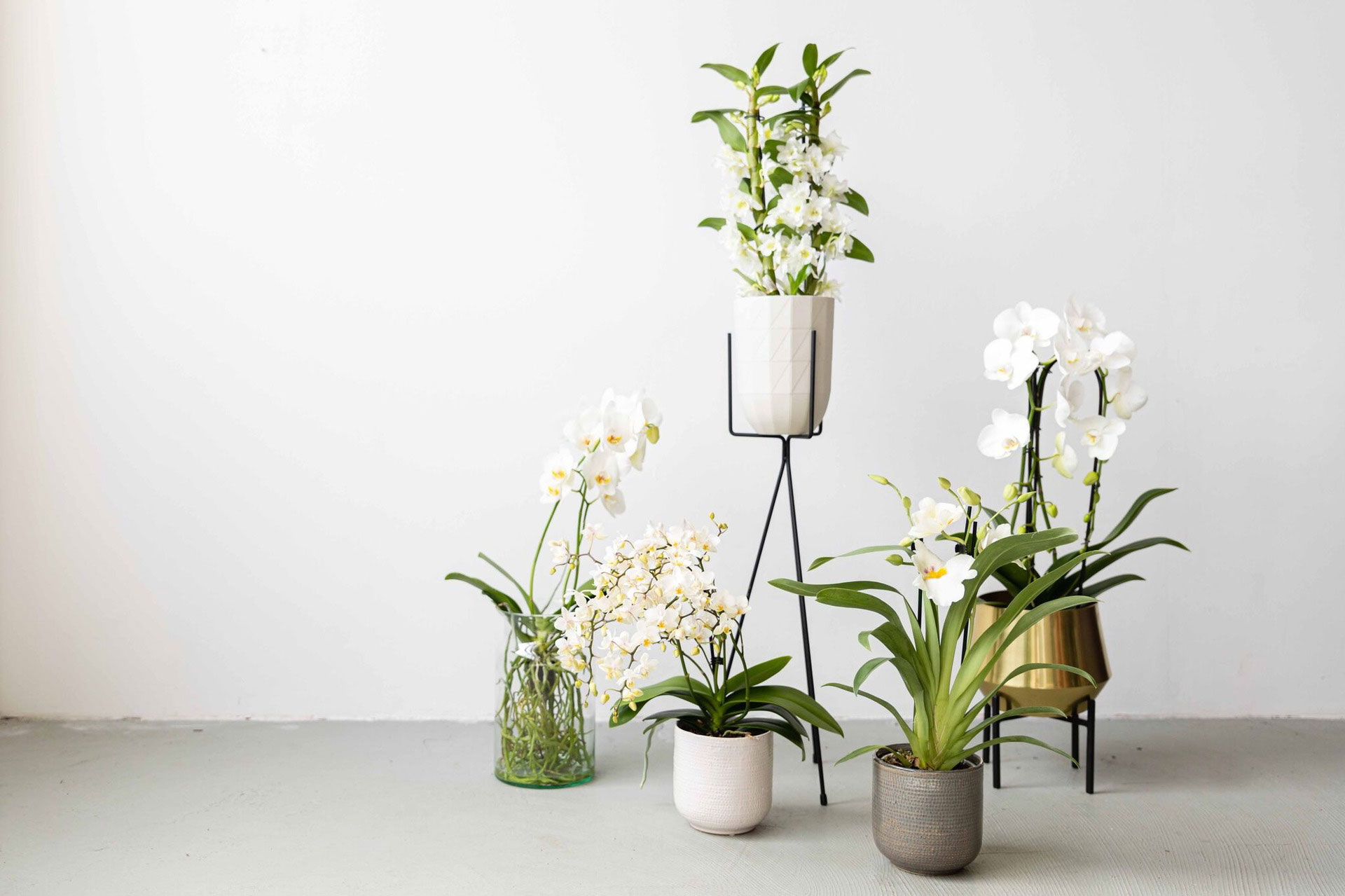
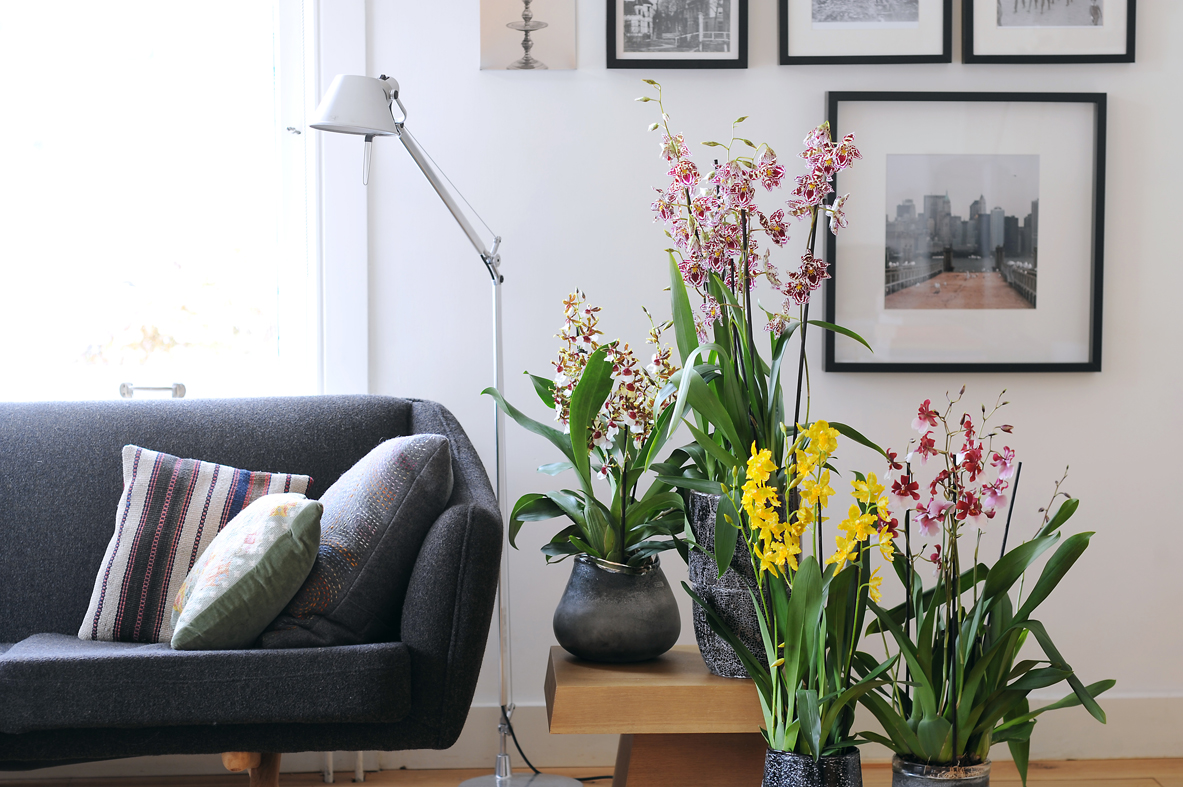
.jpg)
.jpg)
.jpg)
.jpg)
.jpg)